After Constance Markievicz, Ireland had no woman at cabinet for 60 years. In the past century, there have been just 19 female ministers - and two female presidents
Constance Markievicz
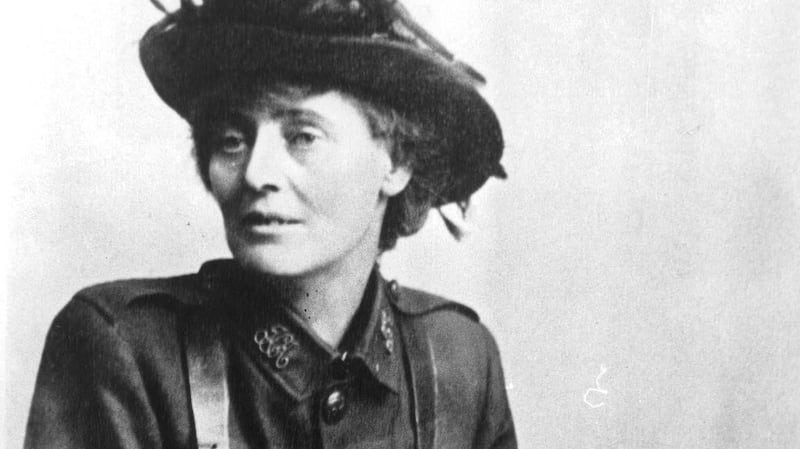
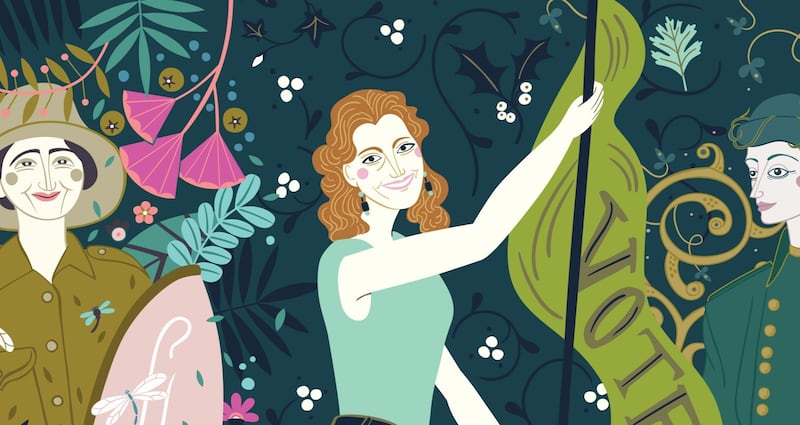
Born in 1868 in London as Constance Gore-Booth, she later married a Polish count and became known as Countess Markievicz.
She was the first woman ever elected as an MP to Westminster in 1918, as a Sinn Féin candidate for the constituency of Dublin St Patrick’s Ward. Markievicz did not take her seat as part of the party’s abstentionist policy but the Sinn Féin MPs formed the first Dáil in 1919. She was the first Irish woman to hold a cabinet post and the first women in the world to be appointed minister for labour from 1919 to 1922 in the first Dáil. She remained a TD for Dublin South from 1919 to 1921 and 1923 to 1927, the year of her death.
She took part in the 1916 Rising, and was sentenced to death for her role, but it was commuted to life imprisonment. She was also a founding member of Fianna Fáil.
Máire Geoghegan-Quinn
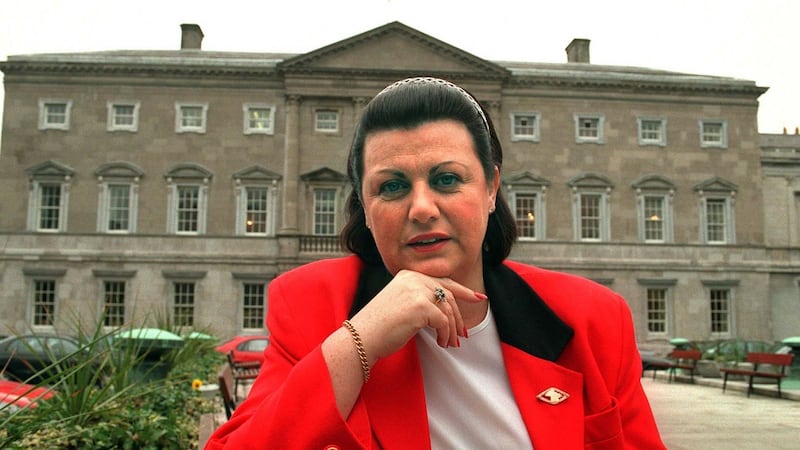
The first female cabinet minister since the foundation of the State and the second in Irish history, Máire Geoghegan-Quinn (68) came from a political family. She was first elected to the Dáil for Galway West in a by-election in 1975 following the death of her TD father Johnny. She became the State's first female minister for justice and steered the legislation decriminalising homosexuality through the Oireachtas in 1993.
She is also a novelist, publishing The Green Diamond in 1996, about four young women sharing a house in Dublin in the 1960s.
Born in Carna, Co Galway, she went to Coláiste Muire, Tourmakeady,Co Mayo, and Carysfort College in Dublin, where she qualified as a teacher.
She first served as a minister of state for industry and commerce from 1977 and was appointed to cabinet in 1979, the only woman, as minister for the Gaeltacht. In 1982, she became minister of state for education.
When Fianna Fáil returned to government in 1987, she was appointed minister of state at the Department of the Taoiseach but resigned in 1991.
In 1992, incoming taoiseach Albert Reynolds appointed her minister for tourism, transport and communications and then minister for justice in 1993. She retired from national politics in 1997 and was appointed to the European Court of Auditors in 1999 and as European commissioner for research, innovation and science in 2009.
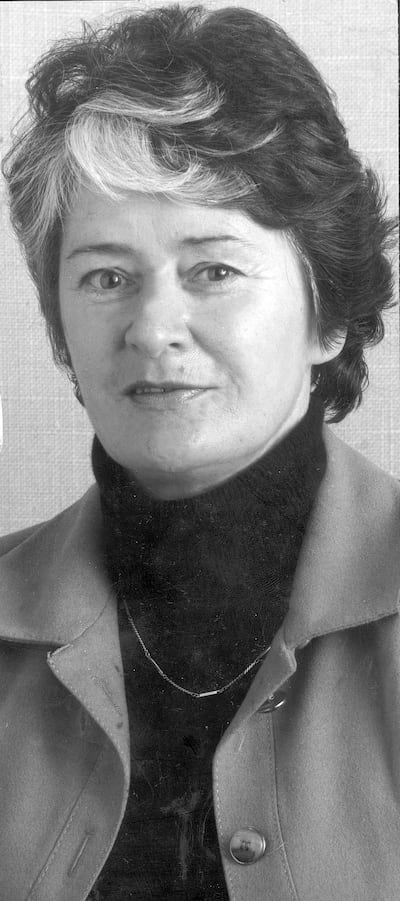
Eileen Desmond
The Labour Party's first female senior minister Eileen Desmond, who died in 2005 aged 72, served as a TD first in 1965 after a by-election following the death of her husband Dan.
She lost her Cork Mid seat in 1969 but was elected to the Seanad where she served until her re-election to the Dáil in 1973. In 1979, she was elected to the first European Parliament, when a dual mandate was in place.
She served as minister for health and social welfare from 1981 to 1982, the only woman at cabinet.
From Kinsale, Co Cork, she went to the local Convent of Mercy school, one of only two girls to take the Leaving Certificate exam, and worked in the Department of Posts and Telegraphs.
Gemma Hussey
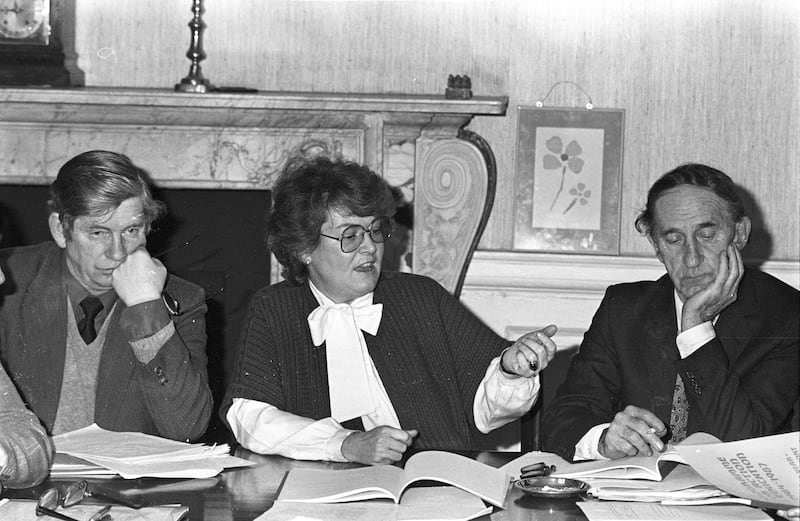
Starting her political career in the Seanad, Gemma Hussey (80) was elected to the NUI panel in 1977 as an independent, joined Fine Gael and was elected to the Dáil for Wicklow in 1982, a seat she held until her retirement in 1989.
The State’s first female minister for education (1982 to 1986) she spent her government career as the only woman in cabinet, including as minister for social welfare (1986 to 1987) and minister for labour (January to March 1987).
From Bray, Co Wicklow, she was education at Loreto Foxrock and UCD and ran a language school prior to entering politics. A liberal feminist, she was co-founder of the forerunner to the Women's Political Association, which promoted women for political life. She wrote a book based on her cabinet diaries, At the Cutting Edge.
Mary O’Rourke

From a family steeped in politics, Mary O'Rourke (81) followed her father and her brother Brian Lenihan into the Dáil.
Fianna Fáil’s first female deputy leader, a role she held from 1994 to 2002, she was the only female in government as minister for education (1987 to 1991) and minister for health (1991 to 1992) and minister of state for labour affairs (1992-1994). She also served as minister for public enterprise from 1997 to 2002.
From Athlone, Co Westmeath, she was first elected as a TD in 1982 for Longford-Westmeath.
She went to St Peter’s school in Athlone, Loreto Convent Bray, UCD and St Patrick’s College, Maynooth, and worked as a secondary school teacher prior to entering politics.
She lost her Dáil seat in 2002 and was nominated to the Seanad before regaining her seat in 2007. She unsuccessfully sought re-election in 2011.
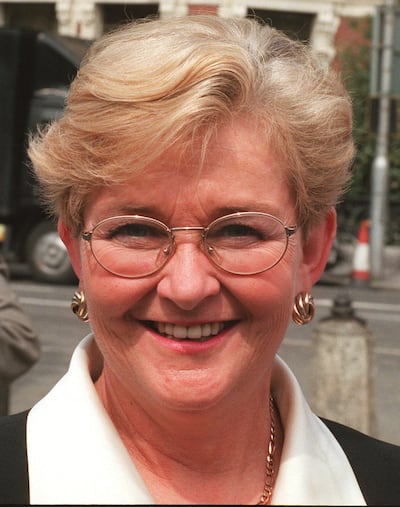
Niamh Bhreathnach
Nominated as a senior minister when first elected to the Dáil, Niamh Bhreathnach (73) served as minister for education from 1993 until 1997. She abolished third-level tuition fees and regional technical colleges became institutes of technology during her
tenure.
A one-term Dún Laoghaire TD for the Labour Party from 1992 until 1997, when she lost her seat, she also served as a senator for a month in 1997 as a taoiseach’s nominee. She unsuccessfully ran for the Dáil again in 2002.
From Loughlinstown, Co Dublin, she was educated at Dominican College Sion Hill and the Froebel College of Education, becoming a remedial teacher.
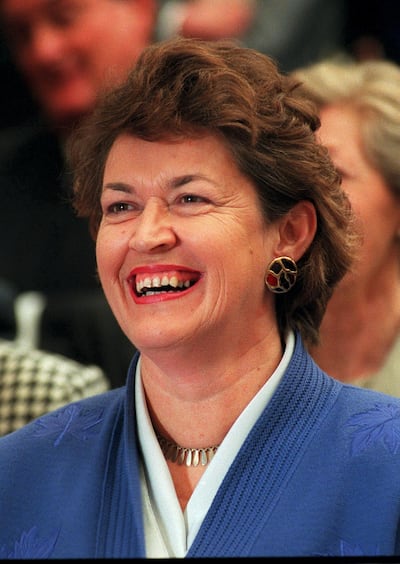
Nora Owen
A grand-niece of Michael Collins, Nora Owen (73) became the first female deputy leader of Fine Gael in 1993 and was appointed minister for justice in 1994 and established the Criminal Assets Bureau.
From Malahide, Co Dublin, and a TD for Dublin North, she is a sister of former Fine Gael MEP Mary Banotti. Educated at the Dominican Convent Wicklow, she studied science at UCD before working as an industrial chemist. She won a Dublin North Dáil seat in 1981, lost it in 1987 but was re-elected in 1989 and retained it until 2002.
Mary Harney
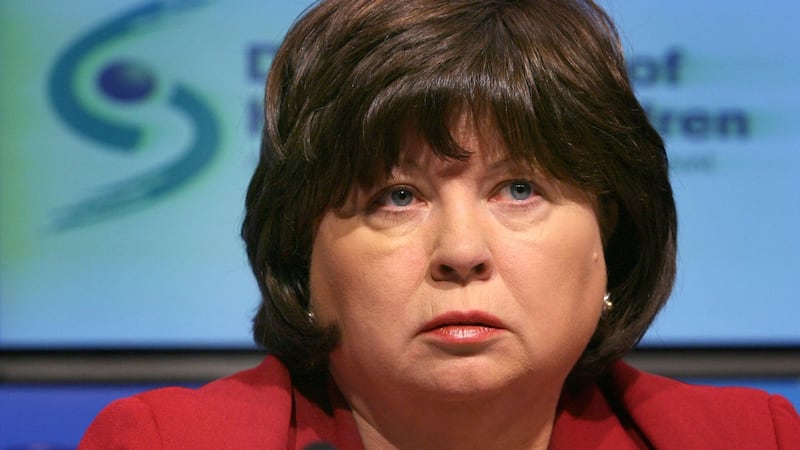
Ireland’s first female tánaiste, Mary Harney (65) is also Ireland’s first female political party leader, elected in 1993 to the helm of the Progressive Democrats, a party she co-founded after she left Fianna Fáil as a TD for Dublin South-West.
Educated at the Convent of Mercy, Inchicore, and Presentation Convent Clondalkin, she studied economic and social studies at Trinity College. A taoiseach's nominee to the Seanad in 1977, she was elected to the Dáil in 1981 and retained her seat until her retirement in 2011.
Tánaiste for nine years from 1997 in coalition governments with Fianna Fáil, she was a senior minister for 14 years, making her the longest-serving woman minister in the history of the State. She served seven years each as minister for enterprise, trade and employment from 1997 and as minister for health and children.
Síle de Valera
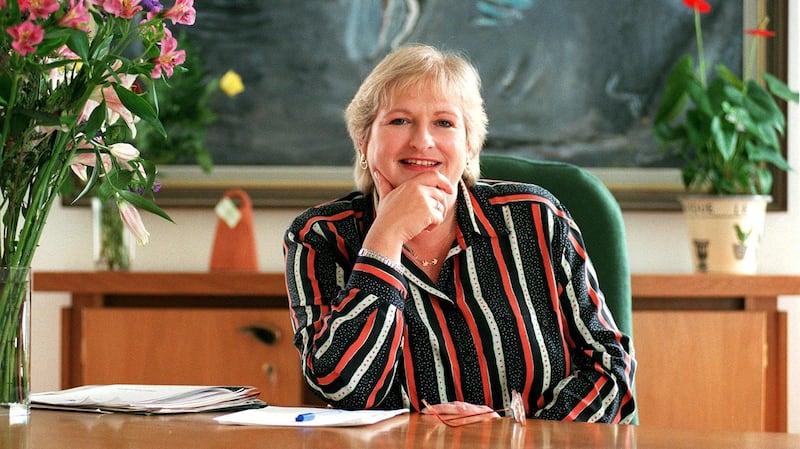
A granddaughter of the founder of Fianna Fáil, Éamon de Valera, Síle de Valera (63) first won a Dáil seat in then Dublin County Mid constituency in 1977. Two years later, she was elected to the European Parliament.
She held on to her Dáil seat in 1981 but lost it in the next election just six months later. She moved to Clare, her grandfather’s constituency, got elected in 1987 and served for 20 years before her retirement from politics in 2007. She is a cousin of Fianna Fáil TD Éamon Ó Cuív.
At cabinet, she served as minister for the arts, heritage, Gaeltacht and the islands for five years, from 1997 to 2002. She subsequently served as minister of state for adult education from 2002 and retired from politics at the 2007 general election.
Mary Coughlan
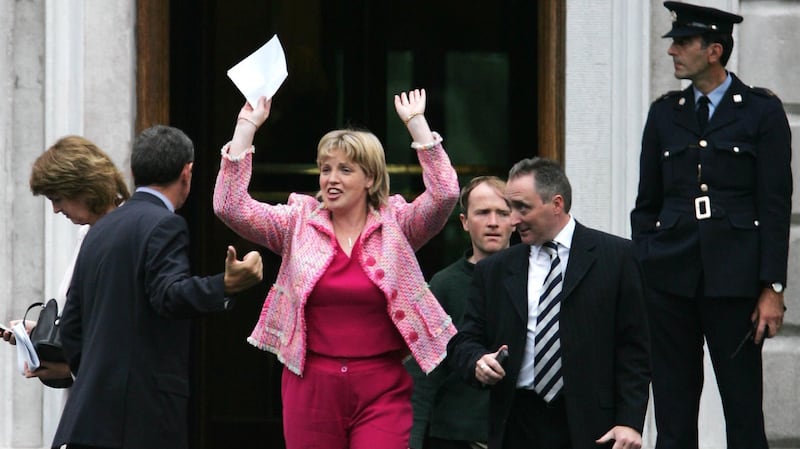
Fianna Fáil's first female tánaiste Mary Coughlan (53) was steeped in politics when she was elected to the Dáil in 1987 for Donegal-South West. She was just 21 and succeeded her father Cathal, who had succeeded his brother Clement.
She served as a minister of state for arts for a year from 2001 and was a senior minister from 2002 until her retirement from politics in 2011, including as the first female minister for agriculture, a post she held from 2004 to 2008.
She was also minister for social and family affairs for two years before that, minister for enterprise from 2008 to 2010, minister for education from 2010 to 2011 and also briefly held the enterprise portfolio in 2011. She was tánaiste from 2008 to 2011, when she was also deputy leader.
Joan Burton
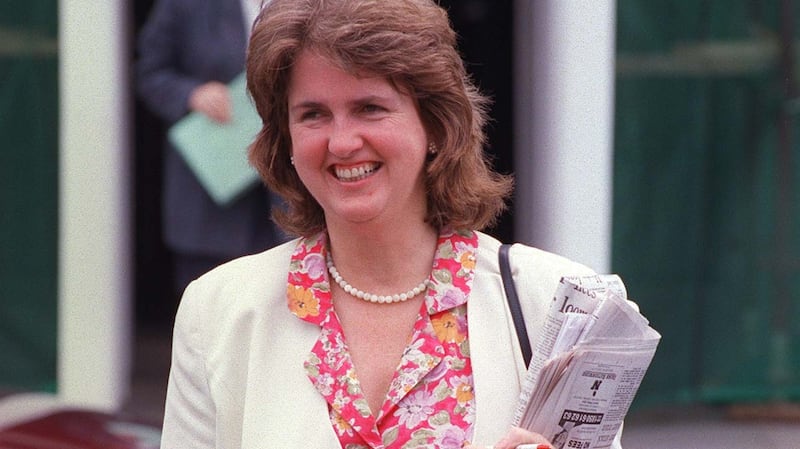
The Labour party's first female tánaiste, Joan Burton (69) was elected to the Dáil in 1992. She became minister of state for housing and in 1995 was appointed minister of state for foreign affairs and for justice.
She lost her seat in 1997 but regained it in 2002 and became the party’s spokeswoman on finance. In 2007, she was appointed deputy leader. In 2011, she became minister for social protection, a position she retained when she became leader and tánaiste in 2014.
She held her seat in the 2016 election but resigned as leader when just seven Labour TDs survived, and was succeeded by Brendan Howlin.
Mary Hanafin
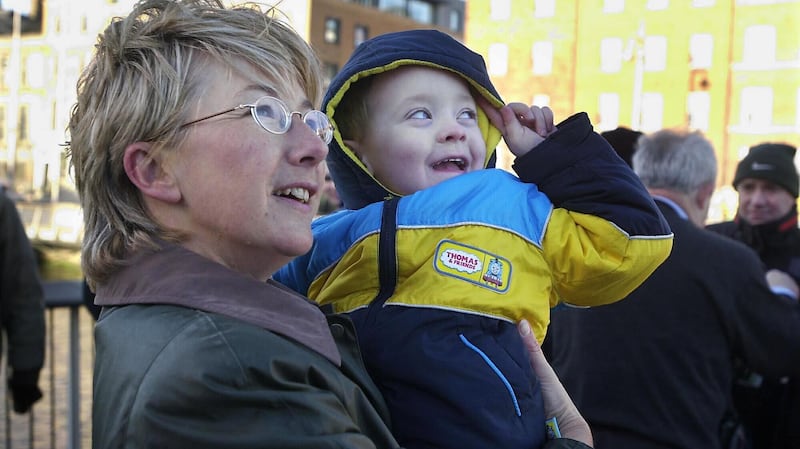
Mary Hanafin (59) hails from a political family, with both her father Des and brother John having served as senators.
Currently a Dún Laoghaire-Rathdown county councillor, she was a Fianna Fáil senior minister for seven years. Her roles included minister for education from 2004 to 2008, minister for social and family affairs from 2008 to 2010 and minister for tourism, culture and sport from 2010 to 2011. Originally from Thurles, Co Tipperary, she was educated at the Presentation Convent there, at St Patrick’s College, Maynooth, and DIT. A former secondary school teacher, she was first elected to the Dáil in 1997.
Frances Fitzgerald
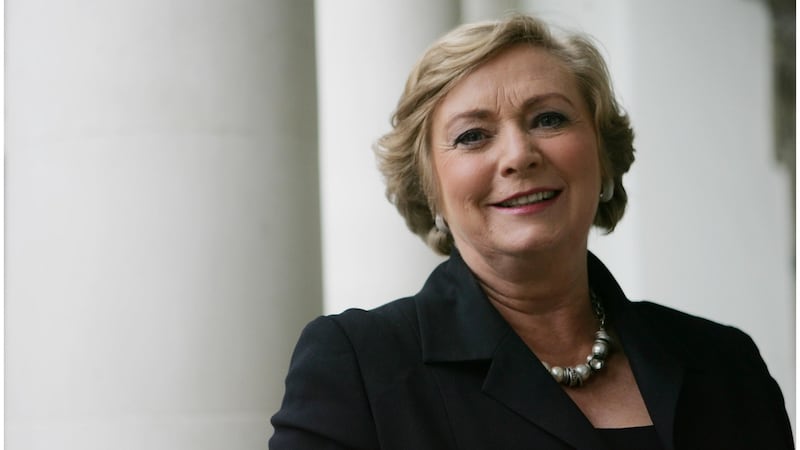
In November 2017, as tánaiste and minister for justice, Frances Fitzgerald (68) was in the eye of the Garda whistleblower controversy and resigned to save the Fine Gael-led minority government and its confidence and supply arrangement with Fianna Fáil.
The Disclosures Tribunal in October this year found she had done nothing wrong and that she had “selflessly” resigned in the national interest.
The former social worker came to politics through the National Women’s Council and won a seat for Dublin South-East in 1992, a seat she held until 2002. She moved to the Dublin Mid-West constituency and in 2007 was elected to the Seanad before a Dáil come-back in 2011 and a post at cabinet as the first minister for children and youth affairs.
Three years later, she was appointed to the justice portfolio and in 2016 as tánaiste before she resigned.
Jan O’Sullivan
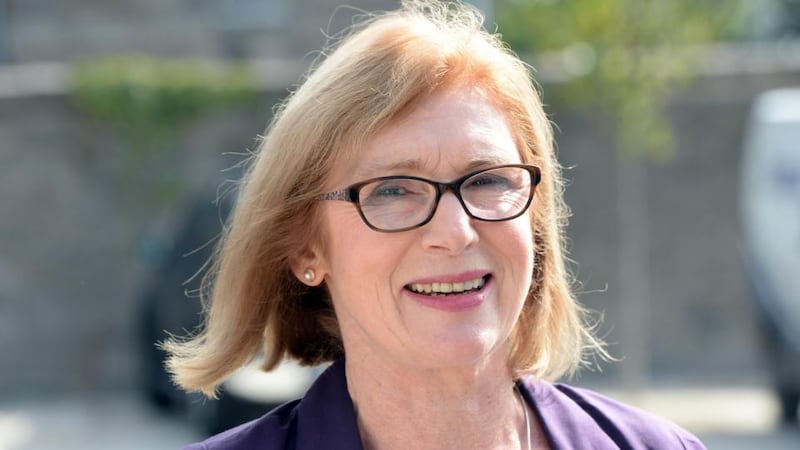
One of three women in the Labour Party to have served as a senior minister, Jan O'Sullivan (67) came up through the political ranks after first joining the Democratic Socialist Party founded by the late Jim Kemmy, which merged with Labour in 1990. She also served as mayor of Limerick.
A pre-school teacher before her election, she was educated at Villiers School in Limerick, Trinity College and UCC. She was elected to the Seanad in 1993 and in 1998 won a Dáil seat in the by-election caused by Kemmy’s death, becoming the first female TD for Limerick since 1921.
She served as minister of state for trade and development for six months in 2011 and then as minister of state for housing and planning until 2014, when she was appointed minister for education and skills.
In the 2016 general election, she was one of just seven Labour TDs to keep her seat.
Heather Humphreys
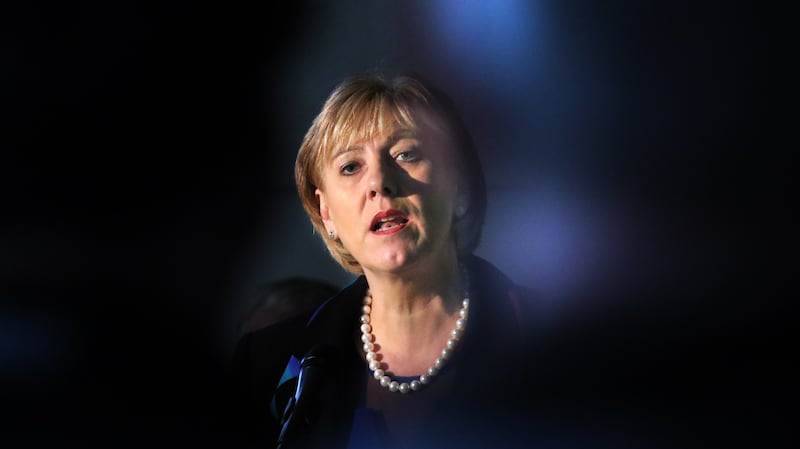
The first woman to be elected for Fine Gael to Cavan-Monaghan, in 2011, Heather Humphreys (55) is also a TD who went into Cabinet from the backbenches during the 2014 reshuffle.
She took on the arts, heritage, regional, rural and Gaeltacht affairs portfolio. She became a member of the first Irish government to have four senior women ministers (out of 15).
A former bank official and credit union manager, she is from north Monaghan and was educated at St Aidan’s Comprehensive.
Well-regarded in Fine Gael, her managerial skills and low-key, solid and pragmatic approach drew many plaudits when she stewarded the 1916 Rising centenary commemorations.
In the November 2017 mini-reshuffle, she was appointed Minister for Business, Enterprise and Innovation, a key Brexit-related portfolio.
Mary Mitchell O’Connor
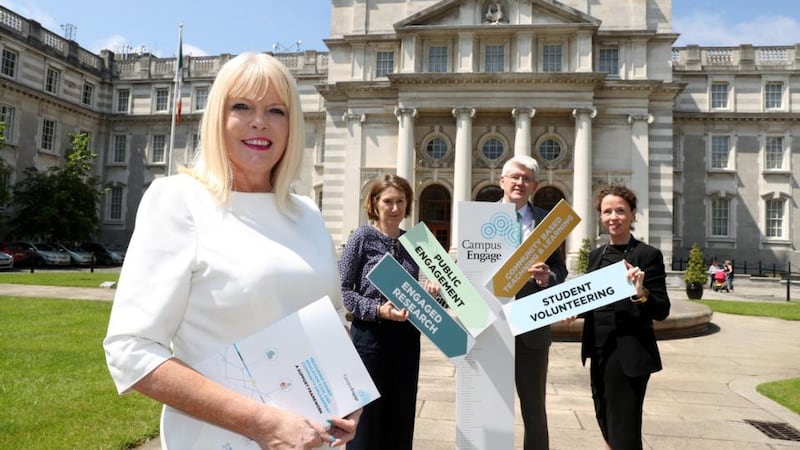
A former primary school principal, Mary Mitchell O’Connor (59) started her political career in 2004 as a Progressive Democrats councillor on Dún Laoghaire-Rathdown council. She defected to Fine Gael in 2007 and in 2011 won a Dáil seat.
In 2016, she became a Cabinet member as Minister for Jobs, Enterprise and Innovation but was controversially demoted in 2017.
She kept her ‘super junior’ status to sit at the Cabinet table and the role of Minister of State for Higher Education.
A committed advocate for women’s rights and the equality agenda, she recently announced a radical Government campaign for up to 45 women-only professor roles to boost female representation at senior academic level.
Katherine Zappone
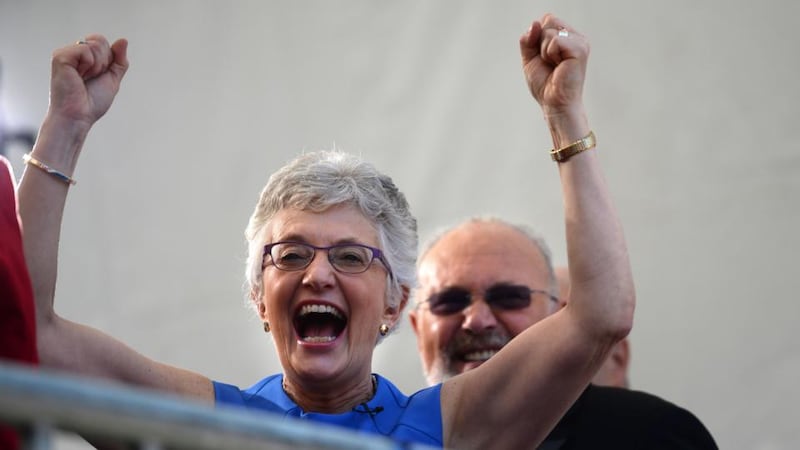
Ireland’s first openly lesbian TD and Minister, Katherine Zappone is a doctor of theology from Seattle, Washington. Her first formal political foray came as a Taoiseach’s nominee to the Seanad in 2011. Subsequently elected to the Dáil in 2016 as an Independent, she became a senior Minister straightaway, after she quietly negotiated the Children and Youth Affairs portfolio.
She and her late spouse, Ann Louise Gilligan, founded education support project An Cosán in west Tallaght. In 2006, the couple unsuccessfully sought recognition in the High Court for their Canadian marriage and they were prominent in the same-sex marriage referendum.
The 63-year-old Zappone was previously chief executive of the National Women's Council of Ireland, and a lecturer in ethics, theology and education at Trinity College Dublin.
Regina Doherty
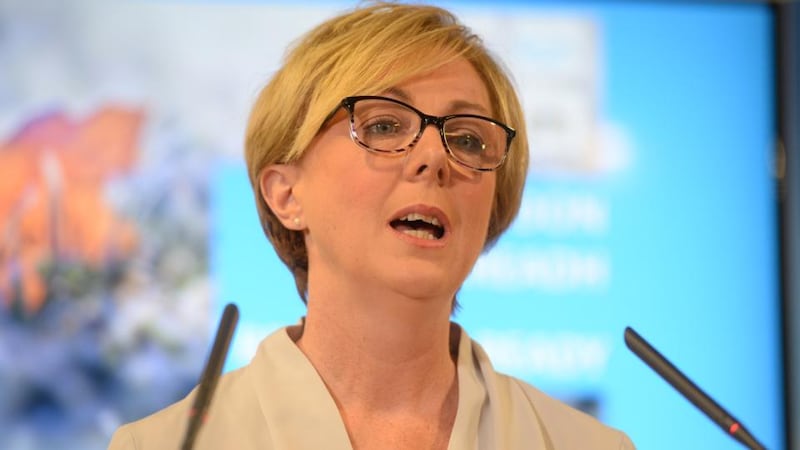
Meath East Fine Gael TD and Minister for Employment Affairs and Social Protection, Regina Doherty (47) was first elected to the Dáil in 2011. In 2016, she was appointed Government chief whip and Minister of State at the Taoiseach's department before her appointment to Cabinet in 2017.
A graduate of St Mary’s Holy Faith in Glasnevin and the College of Marketing in Dublin, she worked in the IT sector and ran a distribution company with her husband, which was wound up in 2013.
An articulate and humorous communicator, she often speaks in the media for her party on controversial issues and her direct approach has on occasion landed her in hot water.
Josepha Madigan

The most recently appointed Cabinet member, Josepha Madigan (48) is a first-time Fine Gael TD elected in 2016 and the first Minister to benefit from gender quotas when she was selected to run for Dublin Rathdown. She was appointed to the Culture, Heritage and Gaeltacht portfolio in a November 2017 mini reshuffle.
A family law solicitor with expertise in divorce and separation, she is the first female solicitor at Cabinet, and has championed legislation to reduce legal separation from four years to two.
She is also a novelist, having self-published the racy Negligent Behaviour, about a solicitor who rises through the ranks of a Dublin law firm. Measured and careful in her speech, she is one of the Cabinet's linguists, fluent in German, which she studied at Mount Anville school, Trinity College and in Austria.









